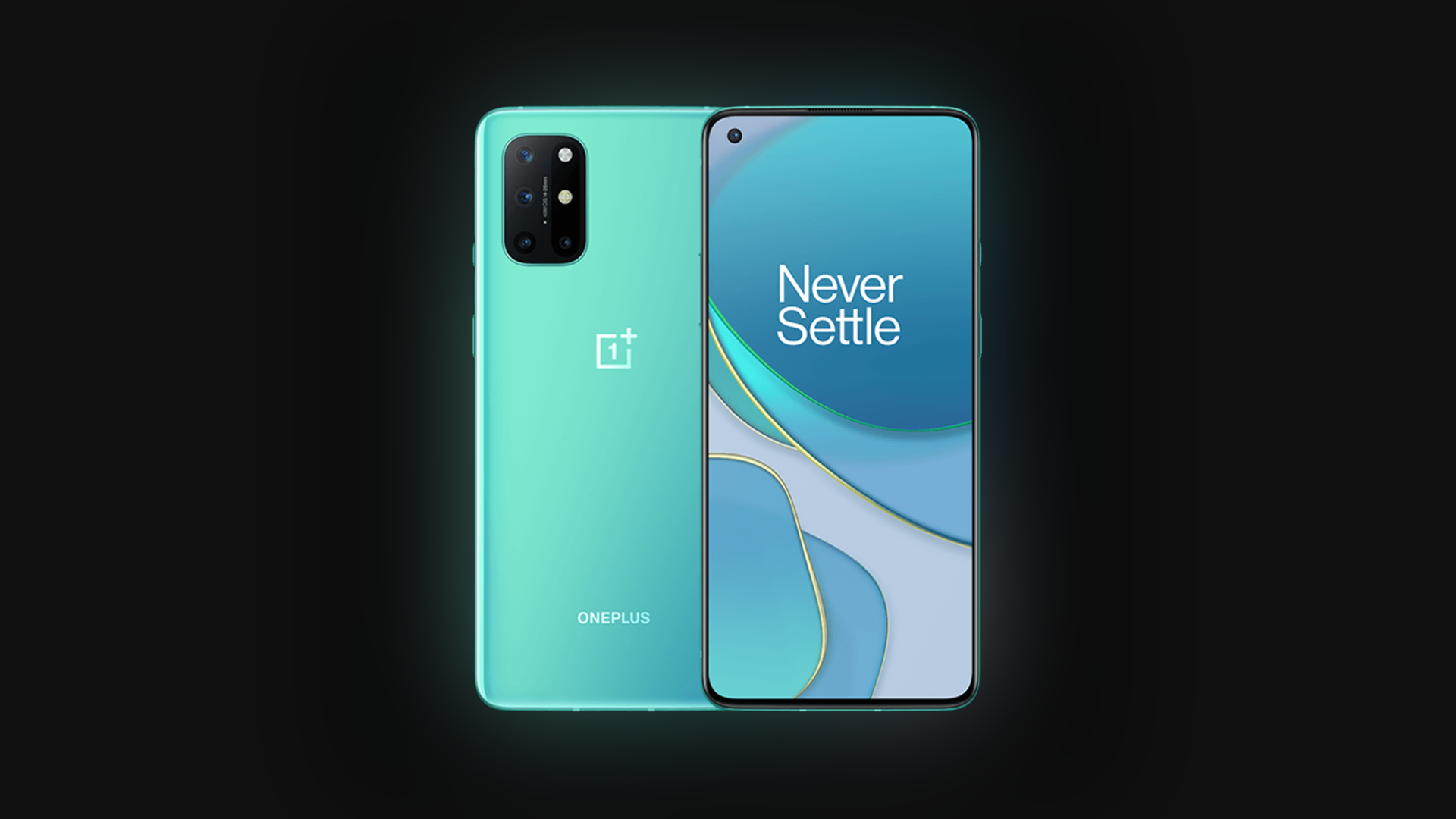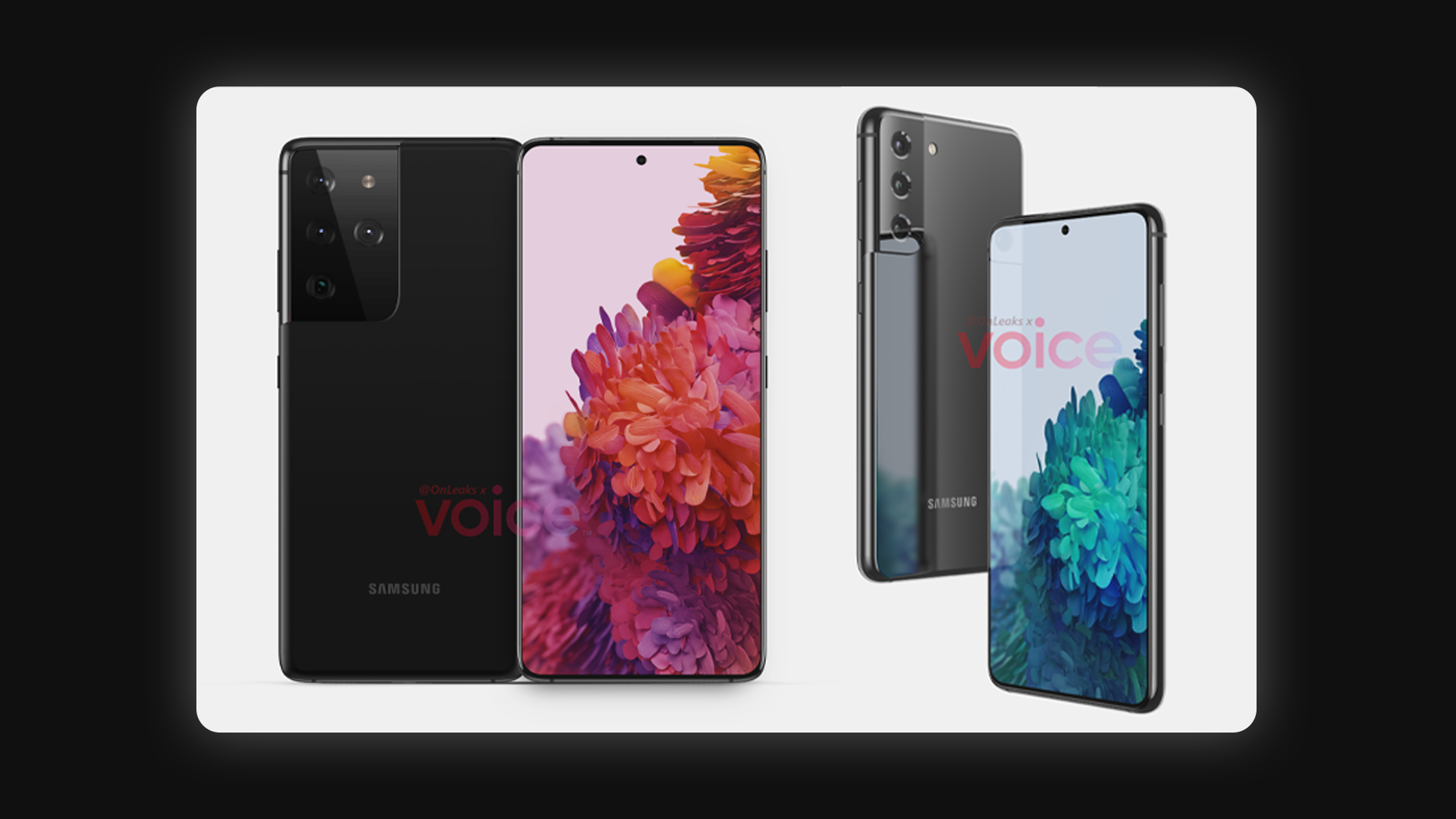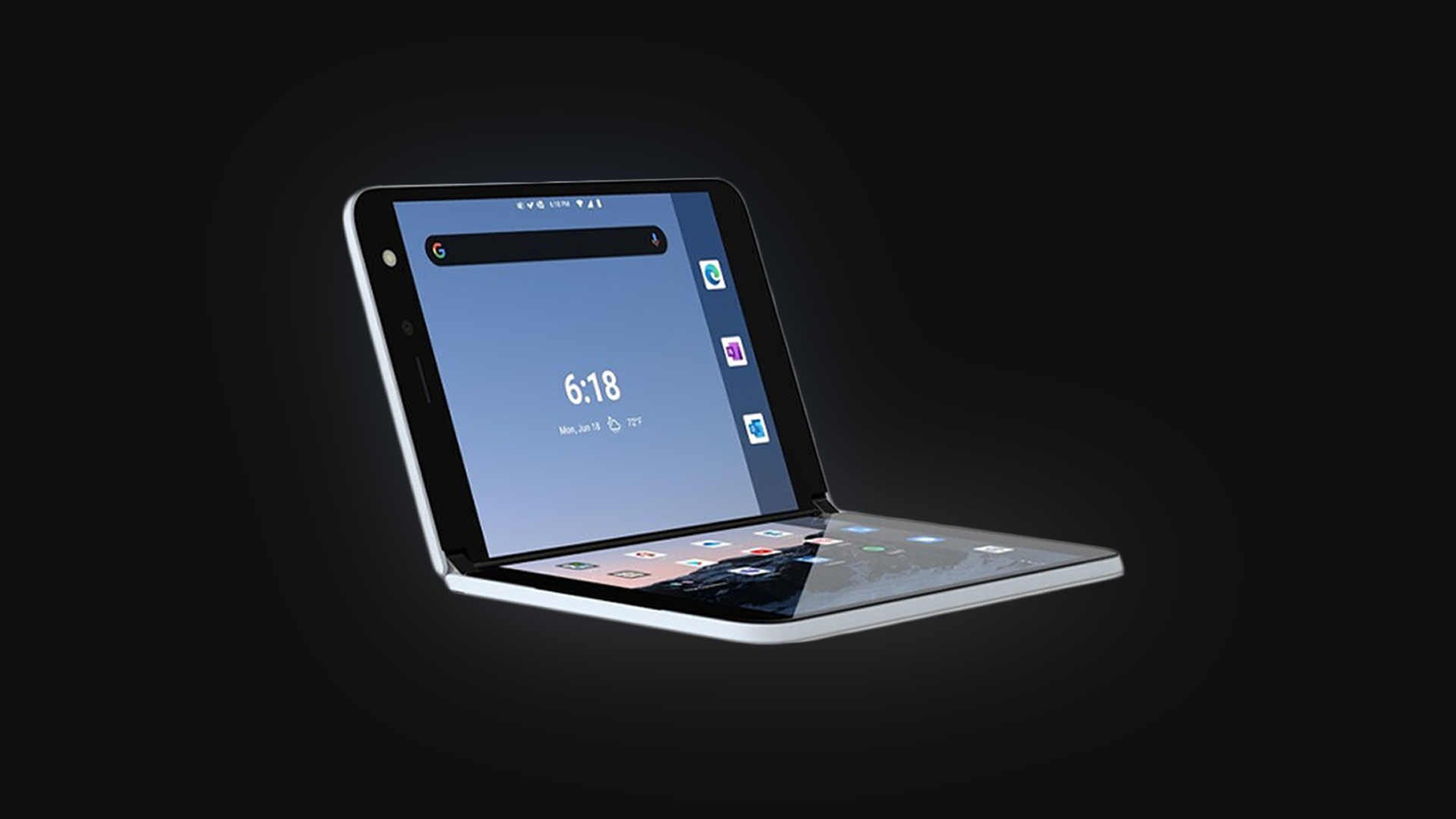OnePlus’s half-yearly refresh for 2020 has arrived, in the form of the OnePlus 8T. As with last year, there’s no refresh for the Pro model, so the 8 Pro still remains the flagship. Like the 7T was a combination of the 7 and 7 Pro, the 8T follows the same principle of taking in elements from both the 8 and 8 Pro.
Spec Rundown
As with any android phone in this price range, you get all the big numbers which people inexplicably equate to better performance.
- Snapdragon 865
- 8 / 12GB RAM
- 128/256GB storage
- 4500mAh battery, with Warp Charge 65
- 6.55″ 1080p OLED 120Hz display, with 240Hz touch sampling
- 48MP Wide, 16MP Ultrawide, 5MP Macro, 2MP Monochrome cameras
With the “T” phones, OnePlus usually goes for the Plus model Snapdragon Processor (like the recently announced 865+), but it seems like it wasn’t worth the extra cost for the little performance it gave.
Design Dilemmas
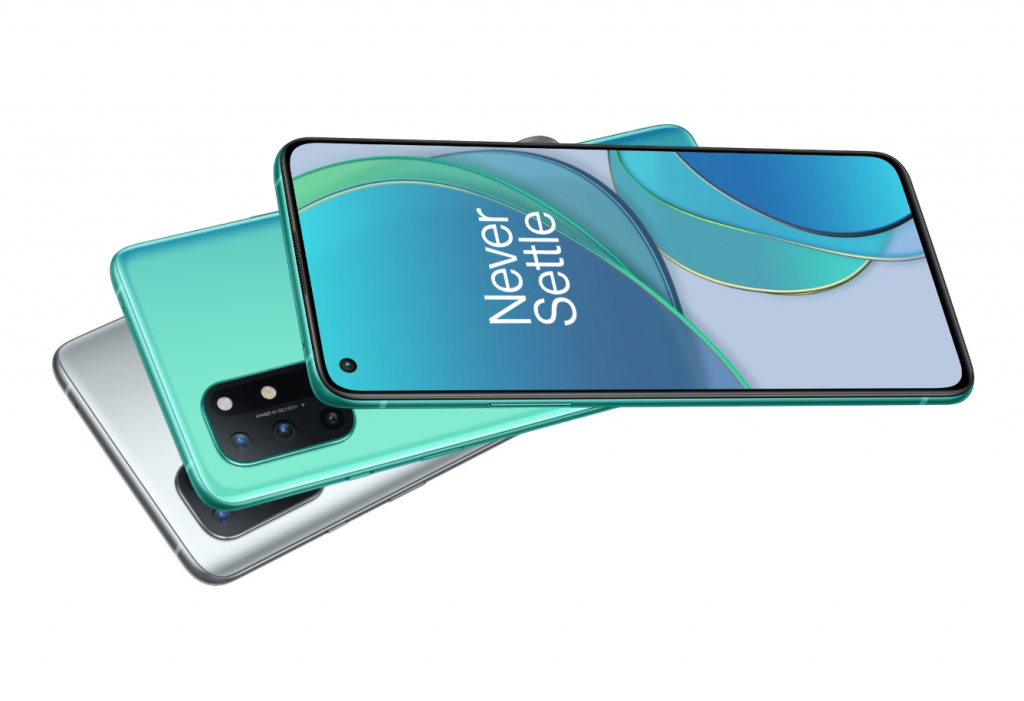
The 7T had a unique circular camera layout at the back, which is different from the signature OnePlus vertical strip. That helped differentiate it from the 7 / 7 Pro. For the 8T, they went with this very ambiguous rounded-rectangle aesthetic, which gives the phone a very cheap look to me. This could be the exact opposite of what OnePlus intended, as bigger camera bumps are often equated with better cameras.
This one aspect could ruin the phone for many people, as it now looks like any one of the other Chinese phones. For the 9 / 9 Pro, I pray that they bring back the simple vertical strip. Thankfully, the front gets a smaller hole punch at the left with a flat glass display, which I much prefer over the ergonomic nightmare that is the curved screen.
From 90Hz to 120Hz

The display gets an upgrade to 120Hz, from the 90Hz of the 8. With a touch sampling rate of 240Hz, this should feel even smoother than the already capable 8. Touting a higher peak brightness of 1100nits and 8,129 levels of brightness adjustment aided by a new auto-brightness algorithm, it should be a visual treat for the eyes — at least in the day. Reviewers like MKBHD pointed out that it’s brightness doesn’t get as low as more expensive flagships, which may be a slight annoyance to the night-owls of the world.
Thought 30W was fast? Here’s 65
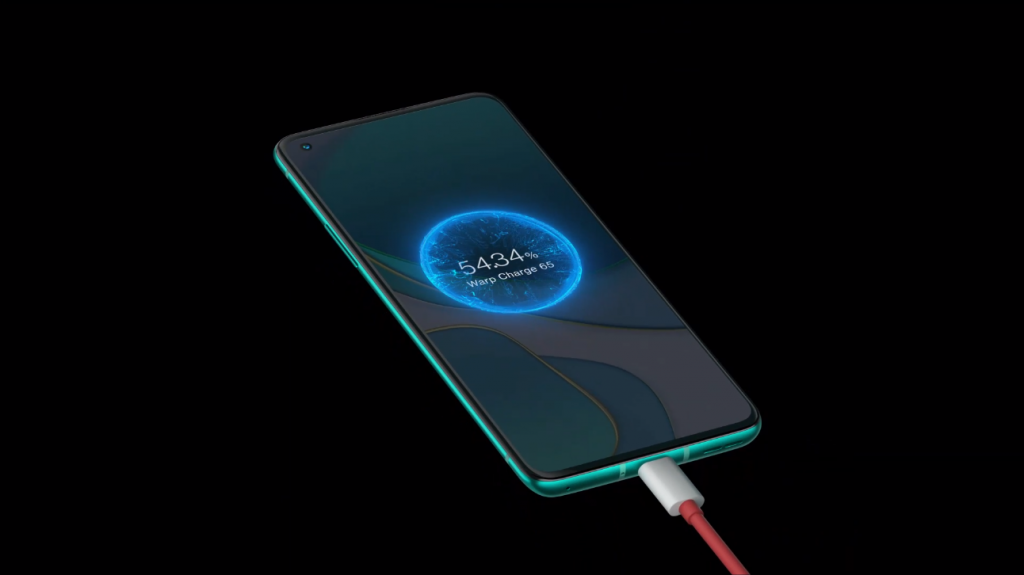
The other headlining feature of the 8T is the brand-new Warp Charge 65. On the surface, it seems all well — “a day’s power in 15 minutes” is what OnePlus claims this time, compared to the 30mins advertised with Warp Charge 30T. Reviews have shown the phone fully charging in about 40 minutes, which is an impressive feat.
To achieve this, they had to split the battery into two cells, like seen in other Oppo phones. OnePlus says the battery will still retain >80% capacity after 800 charge cycles. That equates to around 2 years, if you charge one full cycle a day (which is the norm). This shows one of the main problems with ultra-fast charging, as the battery health suffers big time. You’re trading potentially less battery life in the long-term for quicker charging overall, which might not be a problem for some. This video from Mrwhosetheboss explains the conundrum quite well.
“Quad” cameras
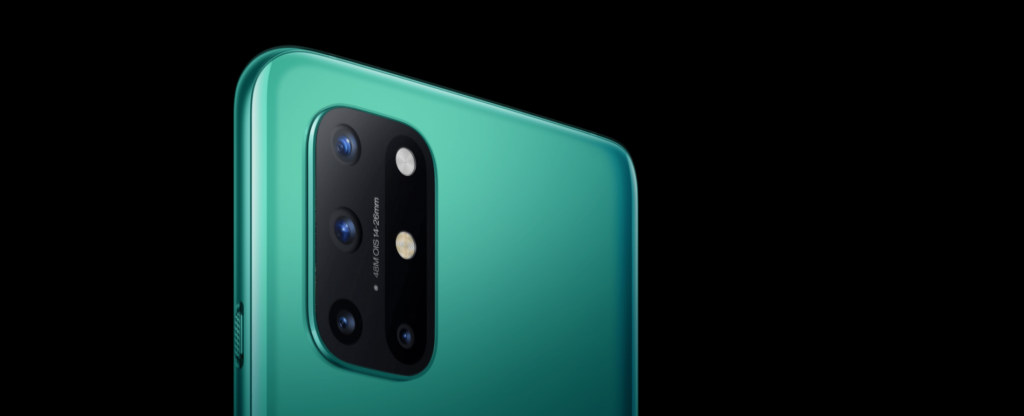
Ah, adding useless lenses to make it seem like the camera setup is better. The 8 already had a “triple” camera setup, with a Wide, Ultrawide, and a Macro camera that frankly nobody cares about. The 8T takes uselessness a step further — with a 2MP Monochrome camera as well. I thought the days of the monochrome lens were left far behind in the Huawei P10 days, but at least that phone from 2017 had a 20MP Monochrome camera v/s the paltry 2MP sensor here. I usually don’t care about Megapixel counts, but I’d get better results with a potato strapped to the back of my phone.
Not everything is in vain, though. The color science seems to be better, with punchier contrast-y images that look pleasing to the eye. The Wide and Ultrawide cameras take decent pictures as well. There are new features like Video Nightscape mode (up to 1080p 30fps), and Video Bokeh which works decently well compared to other competitors. A new stabilization algorithm helps it take more stable videos as well.
The controversial OxygenOS 11
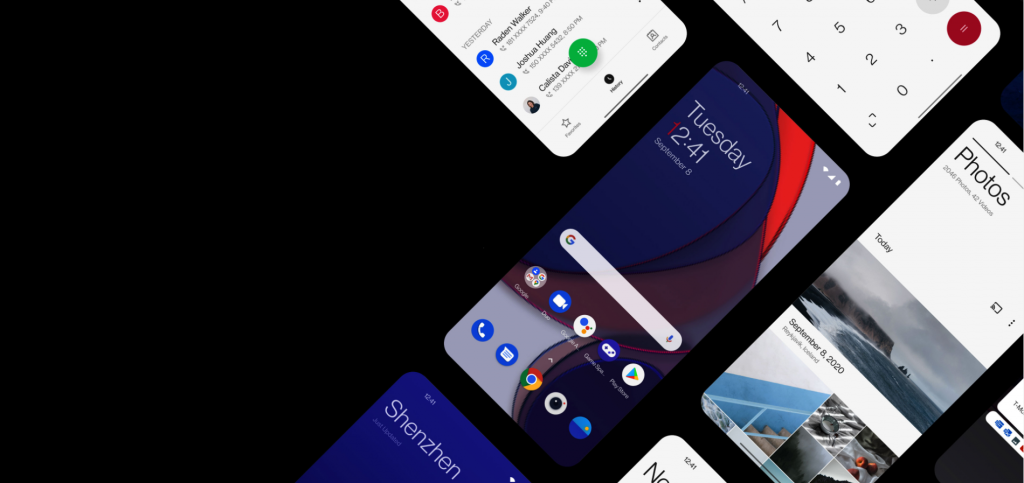
OxygenOS 11 is a major departure from OnePlus’s current software philosophy. What was once just adding some tweaks to stock android, is now a fully unique experience. The new UI takes clear inspiration from Samsung’s OneUI, with large spaces at the top and content towards the bottom.
OnePlus fans seem to hate this move, as having a clean stock experience was one of OnePlus’s unique selling points. But I’d argue this move is better for the end user. With phones getting bigger and bigger, a redesign optimized for that with a focus on reachability and one-handed usage is exactly what is needed — even if the tech geeks don’t agree.
The larger problem here, which is something OnePlus fans hate to admit, is software support. They used to give three full years of major software revisions, which has now been whittled down to just two major updates and one year of security fixes. With competitors like Samsung promising 3 years of major updates and one extra year of security updates for a total of 4 years of software support on their new phones, suddenly OnePlus blends in with every other Chinese brand who does one or two major software revisions. I do hope this changes.
Pricing, the competition, and OnePlus’s direction
Starting at £549 (around $700), the OnePlus 8T has stiff competition. The S20 FE is just $559 and has better cameras, the Pixel 5 is $699 and takes (arguably) the best photos in the industry, along with Google’s software and advanced Pixel-exclusive software features. The upcoming iPhone 12 mini also starts at $699, and takes Pixel 5-level photos, and more importantly far better video.
Unlike the Nord, which OnePlus has marketed and sold very well, OnePlus doesn’t have a clear unique selling point for the 8T. The Nord has clean software and a glass black, which coupled with the Snapdragon 765G makes a package that stands out from the competition. That’s why I own one, and it’s been a fairly delightful experience so far.
The 8T meanwhile, can only boast about Warp Charge 65. But that might be all it needs in India. Unlike for the rest of the world, OnePlus prices phones very aggressively in India, where the 8T starts at just ₹42,999 (around $589). At that price, it undercuts the competition, and is a justifiable buy for many users of the region.
Let’s look at OnePlus as a whole, though. Carl Pei, one of the co-founders of the company, has left seeking investment for new ventures. That is a clear signal that he’s seen the direction in which OnePlus is going, and doesn’t find it worth his time anymore.
Just look at their phones, they’re so desperate to stand out that they made an artificially large camera bump for the 8T, with unnecessary cameras and two flashes, out of which one doesn’t even seem to do anything (from MKBHD’s video). And in the end, it looks mid-range at best instead of the flagship look they were going for. I’d even go as far as to say the Nord is a better-looking phone. The camera image processing hasn’t improved much in the last 3 years, and neither has video. The software is a problem too, as OnePlus lost its stock android selling point with OxygenOS 11. Their presentation for the 8T also had a dig at the iPhone 12, saying that their fast charger is “free and included in the box”. Does anyone need to remind them that they have never included headphones in the box?
The Nord seems to be the only positive thing happening at the company, with a slew of new models expected in the series. Going “back to the roots” might’ve been their best decision in recent years. Regardless of my passive-aggressive digs at the company, OnePlus fans and the Indian market will love this device and the brand. With an ever-expanding product portfolio including TVs, headphones, and potentially watches, I do hope that they don’t lose their focus on phones — as they’re one of the last brands that can save android.
Android OnePlus oneplus 8 oneplus 8 pro oneplus 8t oneplus buds oneplus buds z oneplus bullets wireless z Smartphone
Last modified: October 16, 2020
